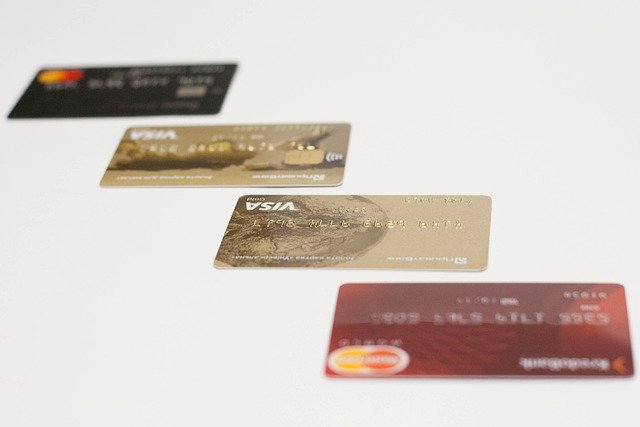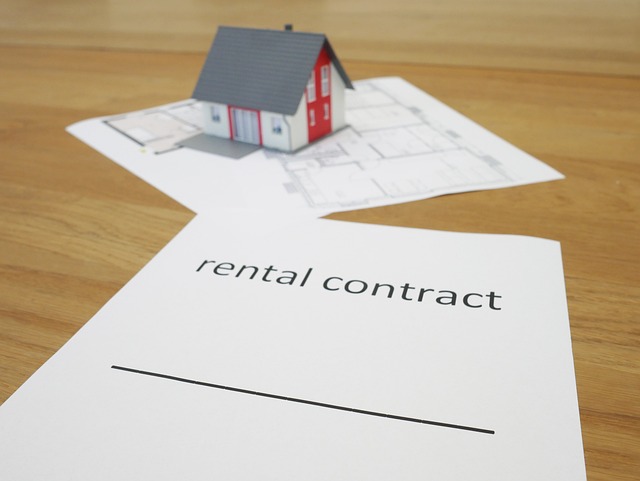Understanding Credit Card Options for Bad Credit
If you have bad credit, finding a suitable credit card can be challenging but not impossible. Many financial institutions offer credit cards designed specifically for individuals with less-than-perfect credit scores. This article explores the various credit card options available for those with bad credit, how to apply for them, and what to consider before making a decision.

What are credit cards for bad credit?
Credit cards for bad credit are financial products tailored to individuals with low credit scores or limited credit history. These cards typically have higher interest rates and lower credit limits compared to traditional credit cards. However, they provide an opportunity for consumers to rebuild their credit by making timely payments and demonstrating responsible financial behavior.
How does applying for a credit card with bad credit work?
When applying for a credit card with bad credit, the process may differ slightly from standard applications. Many issuers offer pre-qualification tools that allow you to check your likelihood of approval without impacting your credit score. This can help you avoid unnecessary hard inquiries on your credit report. Once you’ve identified suitable options, you’ll need to submit a formal application, which will typically require information about your income, employment, and financial obligations.
What types of credit cards are available for bad credit?
There are several types of credit cards designed for individuals with bad credit:
-
Secured credit cards: These require a cash deposit that serves as collateral and often becomes your credit limit.
-
Unsecured credit cards for bad credit: These don’t require a deposit but usually have higher fees and interest rates.
-
Store credit cards: Retail-specific cards that may be easier to qualify for but typically have high APRs.
-
Credit-builder cards: Designed to help establish or rebuild credit, often with lower credit limits and stricter terms.
What are the benefits and considerations of credit cards for bad credit?
Benefits:
-
Opportunity to rebuild credit
-
Access to a line of credit for emergencies or purchases
-
Potential for credit limit increases over time
-
Some cards offer rewards programs
Considerations:
-
Higher interest rates compared to traditional credit cards
-
Annual fees and other charges may apply
-
Lower credit limits
-
Potential for negative impact on credit if not managed responsibly
| Card Type | Provider Example | Key Features | Estimated APR Range |
|---|---|---|---|
| Secured | Capital One | No annual fee, potential for credit line increase | 26.99% |
| Unsecured | Credit One Bank | Cash back rewards, free credit score access | 23.99% - 35.99% |
| Store | Kohl’s Charge | No annual fee, special discounts | 26.99% |
| Credit-builder | Self Visa® Credit Card | Linked to Credit Builder Account | 23.99% |
Prices, rates, or cost estimates mentioned in this article are based on the latest available information but may change over time. Independent research is advised before making financial decisions.
How can I learn more about credit card options with bad credit?
To further educate yourself about credit card options for bad credit, consider the following steps:
-
Research reputable financial websites and credit card comparison tools.
-
Consult with a credit counselor or financial advisor.
-
Read the terms and conditions carefully for any card you’re considering.
-
Monitor your credit score regularly to track your progress.
-
Understand the factors that influence your credit score and work on improving them.
By taking the time to understand your options and choosing a credit card that aligns with your financial goals, you can work towards improving your credit score while gaining access to the benefits of having a credit card. Remember that responsible use is key to rebuilding your credit, so always make payments on time and try to keep your credit utilization low.




